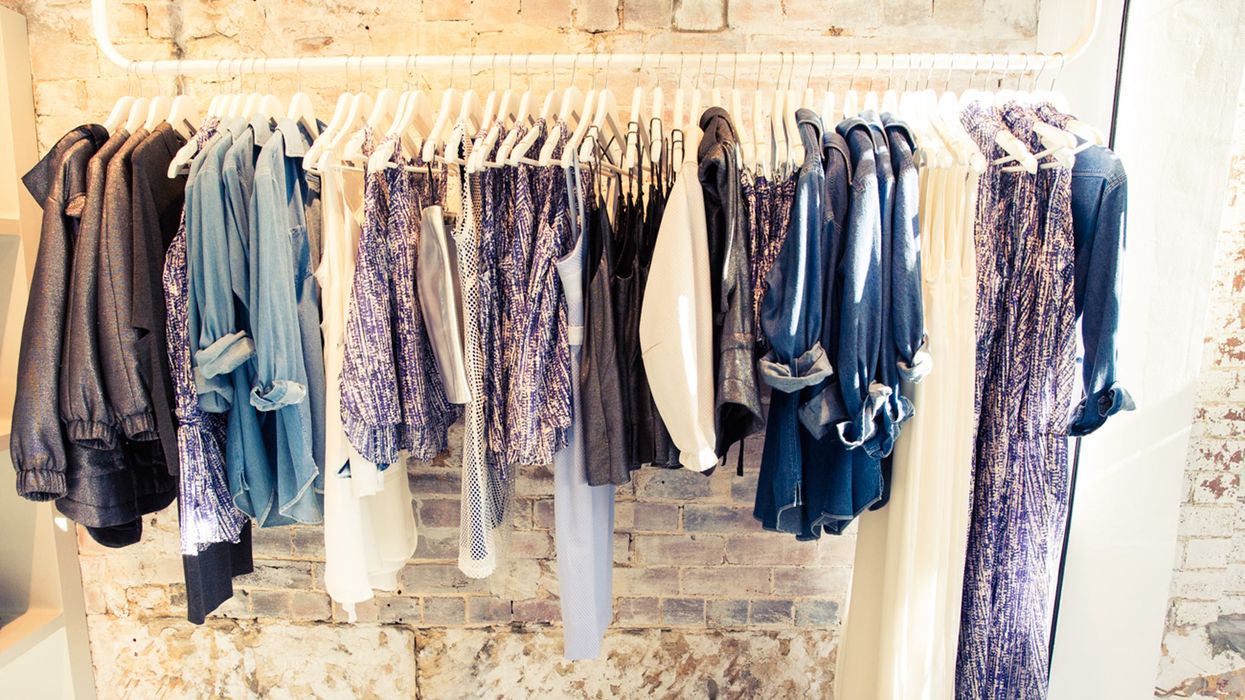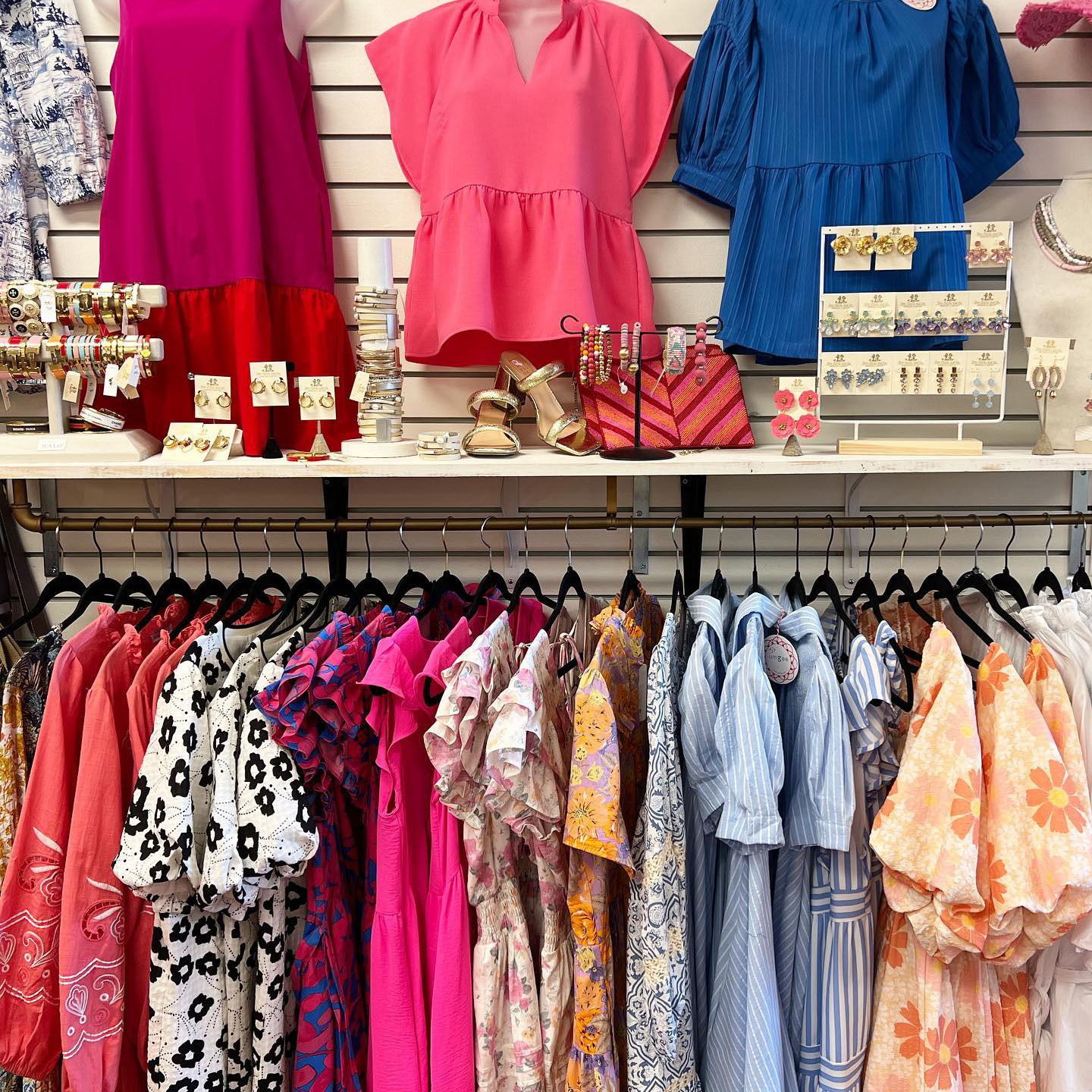A Deep Dive Into the Globe of High-Fashion Runways: Recognizing Clothing as Art
Designers, much like masterful artists, weave detailed stories with material, form, and color, testing traditional standards and redefining charm criteria. As we check out these sartorial spectacles, we must consider: what duty does fashion play in shaping societal values, and just how does it reflect the ever-changing tapestry of human emotion and identity?
The Development of Runway Shows
The trajectory of runway shows has actually transformed considerably over the decades, developing from special market events to fascinating spectacles that blend fashion with art. Typically, runway programs were intimate affairs, kept in ateliers or little locations, mostly gone to by purchasers and market experts. These very early presentations concentrated on the garments' workmanship and industrial feasibility, using a straight and functional display screen of seasonal collections.
As the apparel industry increased, the nature of path shows began to transform. The 1970s and 1980s noted a transforming point, with designers looking for to differentiate themselves via even more staged presentations. This period saw the surge of fancy sets, choreographed designs, and thematic stories, declaring a new age where the runway became an experiential system. The programs changed into a type of storytelling, where each collection conveyed an unique story or principle.
In the last few years, innovation and social networks have further changed path programs, making them obtainable to a global target market. Livestreaming and digital systems have equalized fashion, enabling enthusiasts worldwide to witness these occasions in real-time (boutique fashion). This advancement mirrors a more comprehensive social shift, where high-fashion runways act as a vibrant intersection of design, innovation, and performance
Designers as Enthusiast Artists
Just how have developers transcended their functions to end up being visionary artists? Designers in the high-fashion sector have actually obscured the lines in between useful garment creation and the conceptual world of art. This makeover appears in the means they approach their collections, not merely as clothes yet as extensive expressions of culture, identity, and emotion. By embracing creative disciplines such as sculpture, paint, and avant-garde setups, developers craft garments that test traditional fashion norms and raise them to art types.
Visionary designers attract motivation from a myriad of resources, consisting of abstract art, historical referrals, and individual narratives. They have a special ability to visualize and materialize concepts that press the borders of conventional style, frequently redefining visual standards in the process. This imaginative ingenuity is showcased via dramatic shapes, ingenious products, and intricate workmanship, which invite visitors to experience fashion as greater than just wearable products.
Furthermore, the path functions as a canvas for these artists, where lights, music, and set design coalesce to create immersive experiences. These discussions are not simply screens of apparel but are managed performances that evoke emotion and provoke idea, verifying the developer's function why not check here as a real artist in the modern social landscape.
Cultural Influences in Style
Social tapestry weaves its elaborate patterns into the fabric of style, affecting developers internationally. The dynamic interchange of social tales, practices, and signs educates and motivates collections that grace high-fashion runways. Designers carefully attract from their heritage or involve with societies distinct from their very own, crafting garments that work as aesthetic stories. This social this post discussion not just enriches the visual diversity however additionally cultivates a much deeper understanding and admiration of global identities.
The impact of culture on style is commonly seen in the reinterpretation of conventional garments and patterns. As an example, using Japanese bathrobes, Indian saris, or African prints in contemporary style mirrors a blend of cultural authenticity and contemporary appearances. Designers such as Valentino's Pierpaolo Piccioli and Alexander McQueen's Sarah Burton have actually been understood to incorporate rich social themes into their couture collections, equating history right into wearable art.

Development in Fabric and Design
Advancement in textile and style regularly improves the landscape of high-fashion, pressing borders and redefining possibilities. Designers are significantly discovering the assimilation of innovation, such as 3D printing, which enables for the production of intricate structures that were formerly unimaginable.
The style industry is witnessing a surge in the usage of environmentally friendly products, acquired from recycled plastics, natural fibers, and also biodegradable components. Designers are accepting these materials to craft garments that are both mindful and aesthetically striking of their eco-friendly impact.
In terms of style, progressive silhouettes and experimental forms are constantly transforming the runway. By including advanced methods and unique materials, designers cultivate garments that obscure the line in between fashion and art, establishing brand-new criteria for creativity and expression in the high-fashion sphere.
Impact of Fashion on Society
Style wields an extensive impact on culture, serving as both a representation of social identity and a stimulant for social adjustment (boutique fashion). With its evolution, fashion has mirrored social changes, encapsulating the zeitgeist of various eras.
Moreover, style has the power to bridge social gaps, promoting understanding and appreciation among diverse teams. As globalisation Visit Your URL accelerates, the cross-cultural exchange of fashion concepts comes to be significantly significant, advertising inclusivity and diversity. The increase of streetwear, originating from city subcultures, highlights just how fashion can go beyond socio-economic limits, approving people a means of self-expression and empowerment.
Basically, fashion is not merely concerning visual appeals; it is a vibrant force that affects values, perspectives, and societal progress (boutique fashion). By constantly communicating with cultural and social currents, fashion remains an integral component of the cumulative human experience

Final Thought
Designers, akin to visionary artists, coordinate collections that mirror identity, emotion, and cultural narratives, testing standard appearances. This junction of fashion and virtuosity not only astounds target markets globally however also affects social understandings and advertises a deeper recognition for social diversity.

Cultural tapestry weaves its complex patterns right into the textile of fashion, influencing designers worldwide.Fashion wields a profound impact on society, offering as both a reflection of cultural identity and a catalyst for social adjustment.